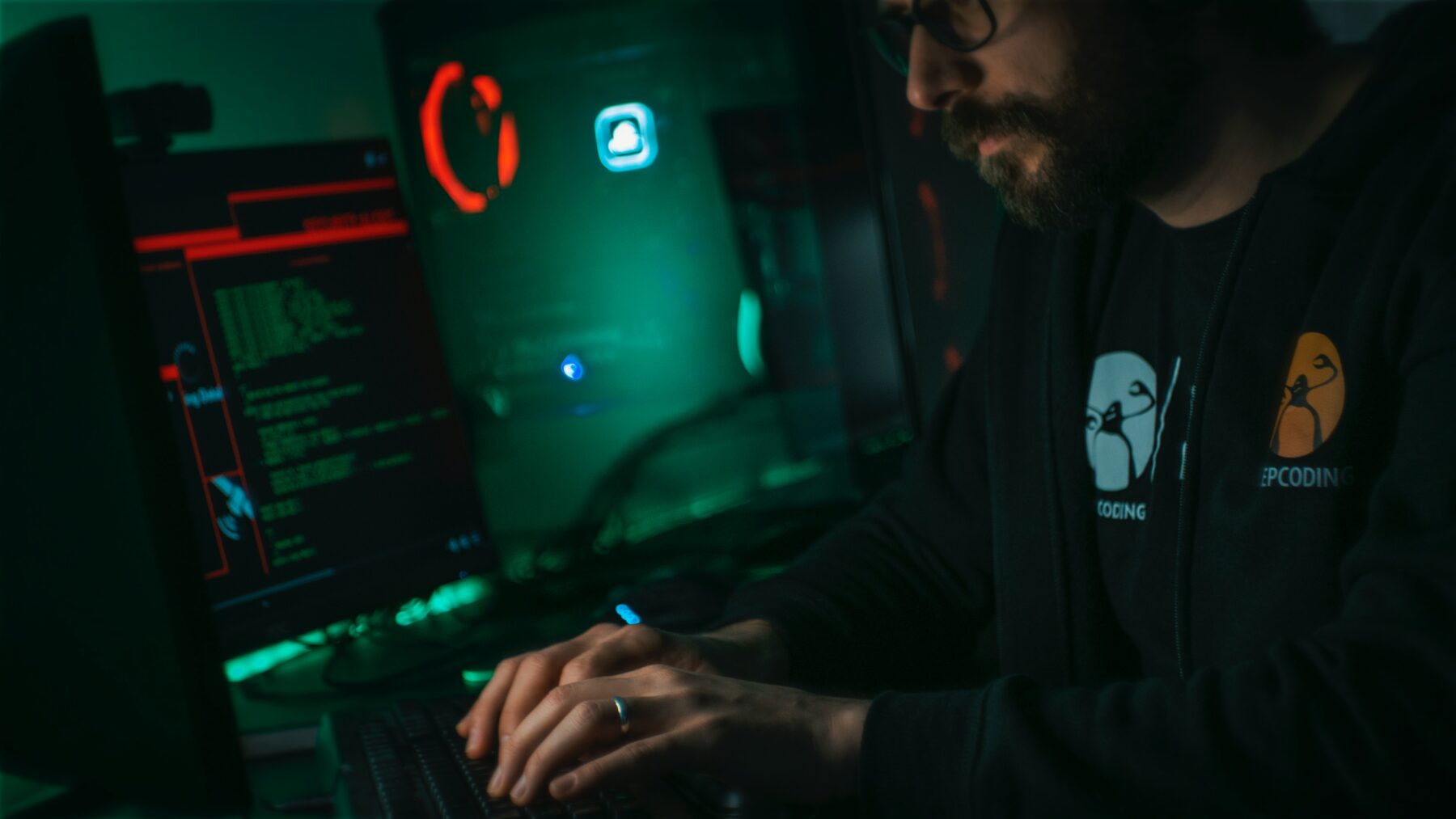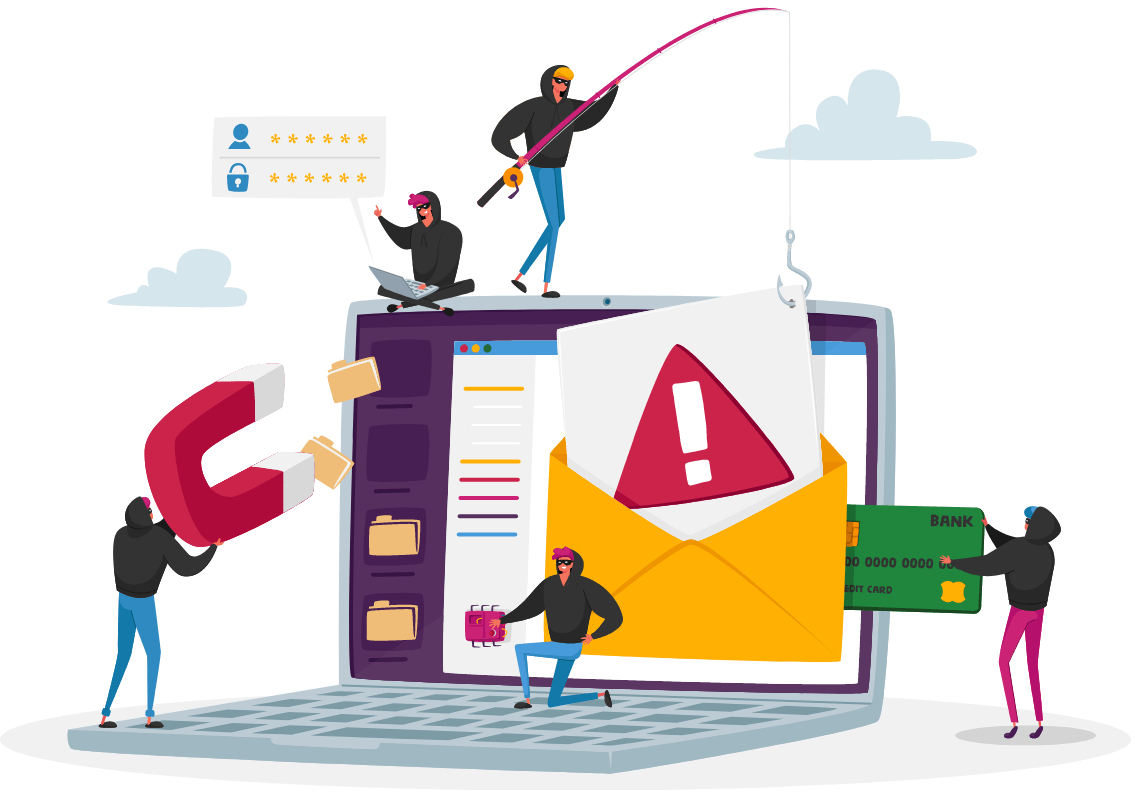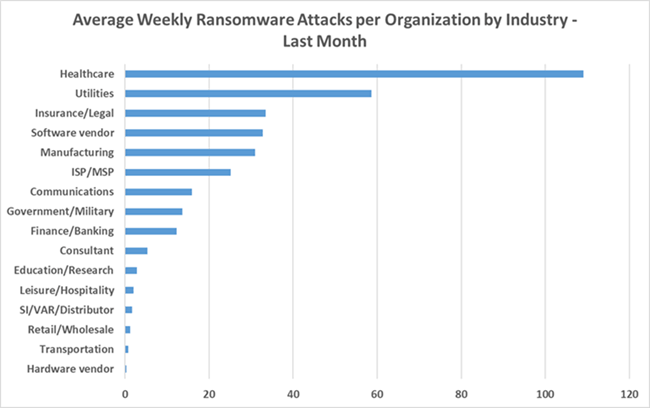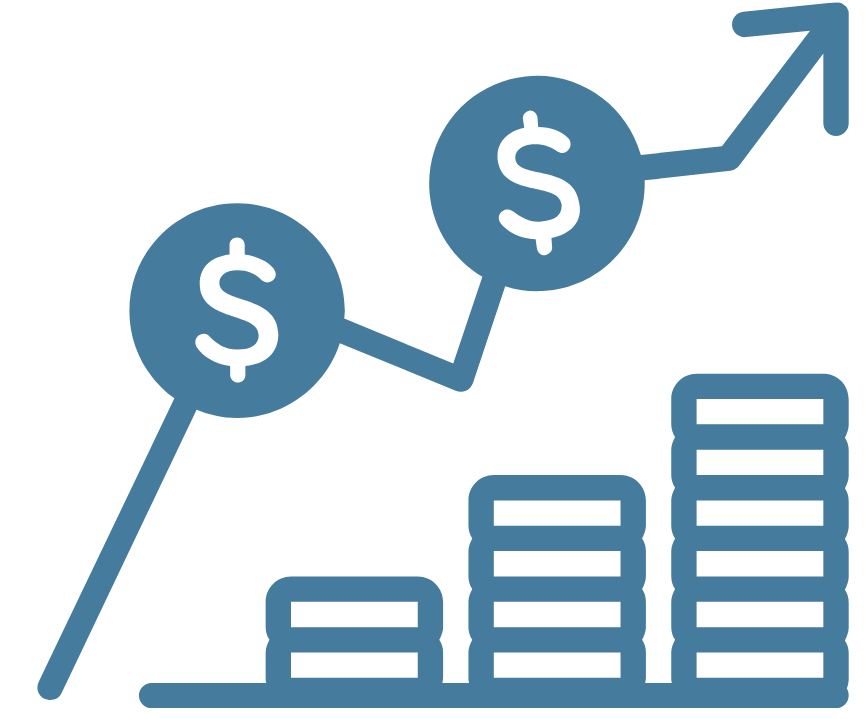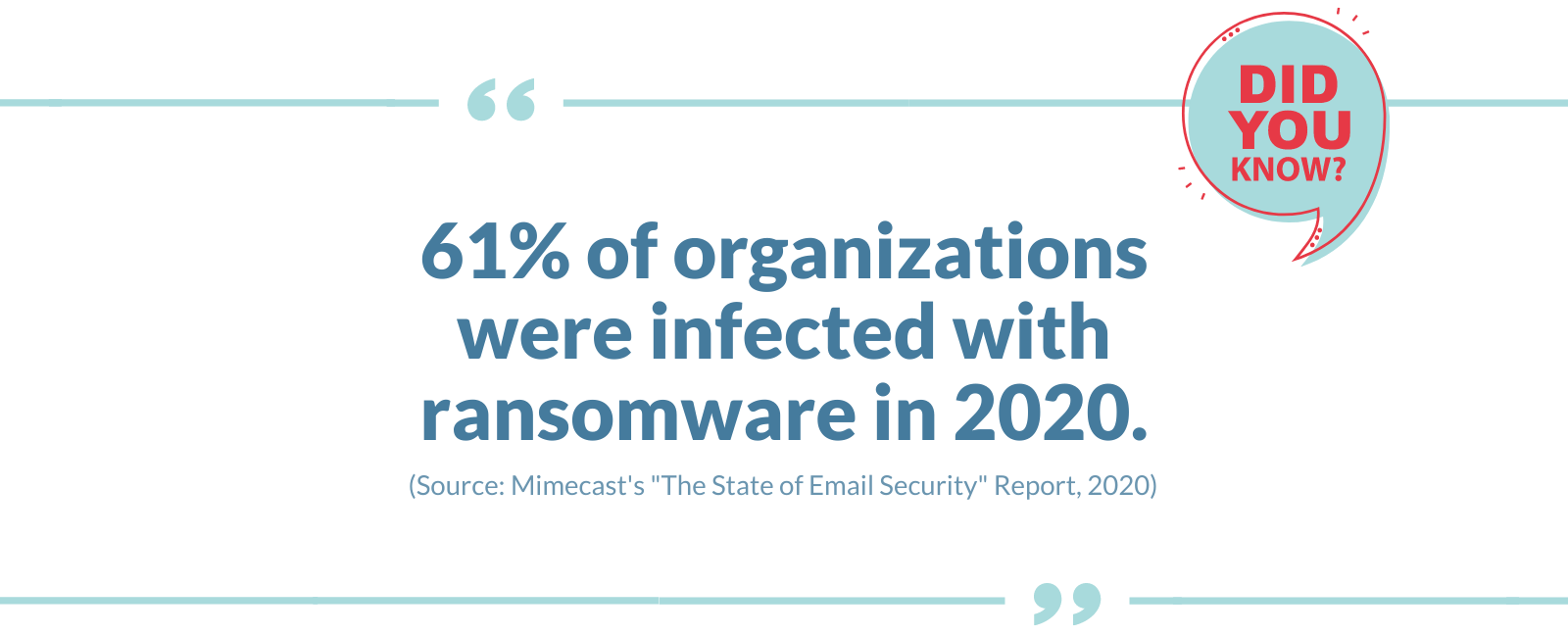1. Decision-Makers Paying the Ransom and Not Getting Results
2. Ransomware Volume Continues Growing
3. Cybercriminals Increasingly Use Social Engineering
4. Cybersecurity Researchers Warn of Triple Extortion
5. Ransomware Remediation Costs on the Rise
6. Ransomware-as-a-Service Gaining Prominence
Ransomware Remains Concerning
These six trends highlight why ransomware isn’t going away. Criminals continually create new attack methods and think of additional tactics to raise their success rates. These patterns pose challenges for businesses, particularly since attacks can compromise essential data and systems. It can also take days or weeks to resolve them. That often means affected companies operate with restrictions that compromise their profits. It’s even harder to recover if victims opt to pay ransoms.
However, having an awareness of the trends is an excellent way to determine how to conquer ransomware in your organization. From there, consider how you might back up files, perform a cybersecurity audit or familiarize yourself with some of the social engineering tactics that criminals often use.
Remember that employee training is vital for safeguarding against ransomware. Indeed, a company can follow cybersecurity best practices and still get attacked. However, relatively simple precautions like never interacting with unexpected links or files in an email can help workers play their part in reducing the likelihood of dealing with ransomware.
It’s important to stay on top of cybersecurity before it’s too late. If you’d like to learn how to build a solid Cybersecurity Incident Response Plan, check out our blog post below. To learn more about the health of your business’ cybersecurity, take our free, self-guided IT security risk assessment today.
Guest Writer: Devin Partida
Devin Partida is a data center and networks writer whose work has been featured on AT&T’s cybersecurity blog, Yahoo! and other notable publications. To read more from Devin, please visit ReHack.com, where she is the Editor-in-Chief.

